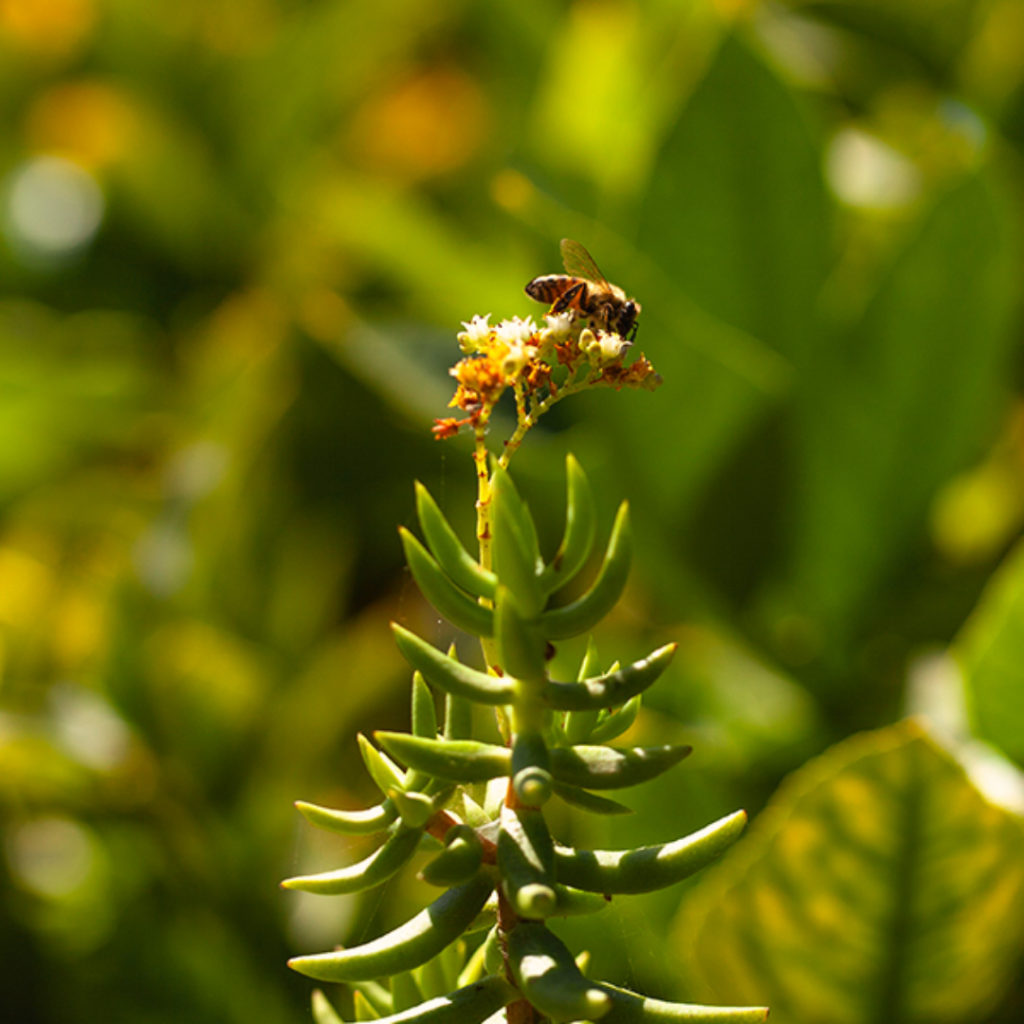Humans & Bees through the ages

Humans have been using the products created by bees for almost 9,000 years based upon archeological findings of traces of beeswax on ancient pottery.
Honeybees, honeycombs and honey collecting appear in prehistoric cave paintings. The oldest evidence of human use of bee products was discovered in Turkey. Over the next few centuries, amid the development of early agriculture, evidence of use spread north into Europe and south into North Africa. More recently when DNA studies became possible, it appears that the honeybee originated in Asia approximately 300,000 years ago and then began its migration westward.
Humans used beeswax to waterproof their pottery and honey to add a rare and tasty sweetener in an otherwise plain diet. Archeological evidence indicates that beekeeping began in Egypt around 2500 BCE and perhaps much earlier in China. The first beehives were kept in hollowed trunks of trees, then later in man-made structures of woven straw or pottery. More recently wooden boxes replaced these old rudimentary structures so that honey could be harvested without destroying the hive. Over time and invention, these boxes were improved to solve problems of loss of honeycomb during harvesting.
Bees have been an essential contributor to our environment for thousands of years enabling humans to farm successfully. If we wish to continue growing many crops we enjoy, we must save the honeybee.
Join annelle in doing your part to save the bees. Plant a bee-friendly garden in your yard or on your balcony. Be confident that 2% of the price of your purchase will be donated to the Honeybee Conservancy.
